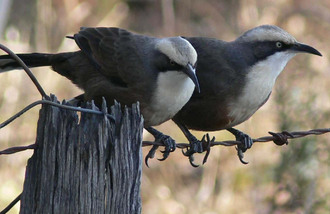
Pomatostomus temporalis
TAXONOMY
Pomatorhinus temporalis Vigors & Horsfield, 1827, Shoalwater
Bay, Queensland, Australia. Two subspecies.
OTHER COMMON NAMES
English: Red-breasted babbler, cackler, chatterer, happy jack,
pinebird, temporal babbler; French: Pomatostome а calotte
gris; German: Grauscheitelsдbler; Spanish: Hablantнn de
Corona Gris.
PHYSICAL CHARACTERISTICS
Largest pseudo babbler, 9.5–10.5 in (24–27 cm); 2.2–3.2 oz
(65–90 g). Adults and immature birds dull brown with diffuse
white brows, broadly white-tipped tail, and a diagnostic pale
rufous patch in the outer wings that shows only in flight. Varying
according to subspecies, throat is white grading to dull
brown over the belly or to deep russet-brown over the breast;
upper backs and center crowns are respectively gray or dusky.
Bill is brown with a bone-colored ridge on upper mandible,
feet are dusky black, and eyes are pale cream in adults and
brown in immature birds.
DISTRIBUTION
Drier coastal and subcoastal northern and eastern Australia,
northwest to Kimberley Division, and southeast to central west
Victoria, with outliers in the Trans-Fly of south New Guinea
and in central-west and central Australia.
HABITAT
Open to dense woodlands with trees of moderate height and
under-shrubberies that are sparse to only moderately dense.
Dominant trees are species of eucalyptus, paperbarks
(Melaleuca), mulga, and cypress (Callitris).
BEHAVIOR
In territorial groups of about 12, gray-crowned babblers hold
foraging territory of 25–37 acres (10–15 ha), or larger in the
arid zone, keeping in contact and warning of predators with
loud chatterings and whistles. In song, they chorus antiphonally,
the lead female braying “ya” and the male responding
“ahoo”, one following the other in rapid succession. At
nightfall, all members of a group cluster to sleep in one of several
dormitory nests in their territory.
FEEDING ECOLOGY AND DIET
Foraging extends well up in shrubs and trees, to as much as 66
ft (20 m) above the ground, because of the nature of the habitat.
Arthropods of all kinds are picked from crannies in bark
and under branches and from tossing litter and digging on the
ground; the babbler even laboriously flies up in attempts to
catch winged termites.
REPRODUCTIVE BIOLOGY
Breeds in spring and early summer in most areas, but also in
autumn in Western Australia. Nests are coarse round domes of
twigs wedged in forks in upper branches of tall shrubs and
small trees at 9.8–32.8 ft (3–10 m) above the ground. Eggs, incubated
by senior females, are about 1.1 x 0.7 in (28 x 20 mm)
and covered with the fine scribblings characteristic of the family.
Two to four eggs form a clutch. Young hatch in 18–23
days and fledge in about 20–22 days. When occasional groups
contain several breeding pairs, the pairs use the same nest together
and females share incubation of clutches of up to ten or
more eggs. Recruitment nevertheless is low, which in turn is
offset by longevity; once they have reached adulthood, individual
birds may live for 15 years or more.
CONSERVATION STATUS
Although most populations of both subspecies are not threatened,
those of P. t. temporalis have withdrawn from much of
their range in southeast Australia; they are extinct in South
Australia and almost extinct in Victoria.
SIGNIFICANCE TO HUMANS
None known.
Other popular Animals
Photo Gallery of - Gray-crowned babbler
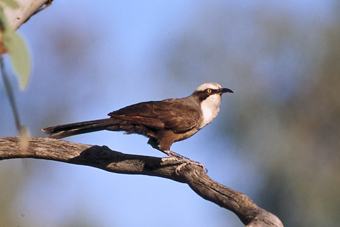
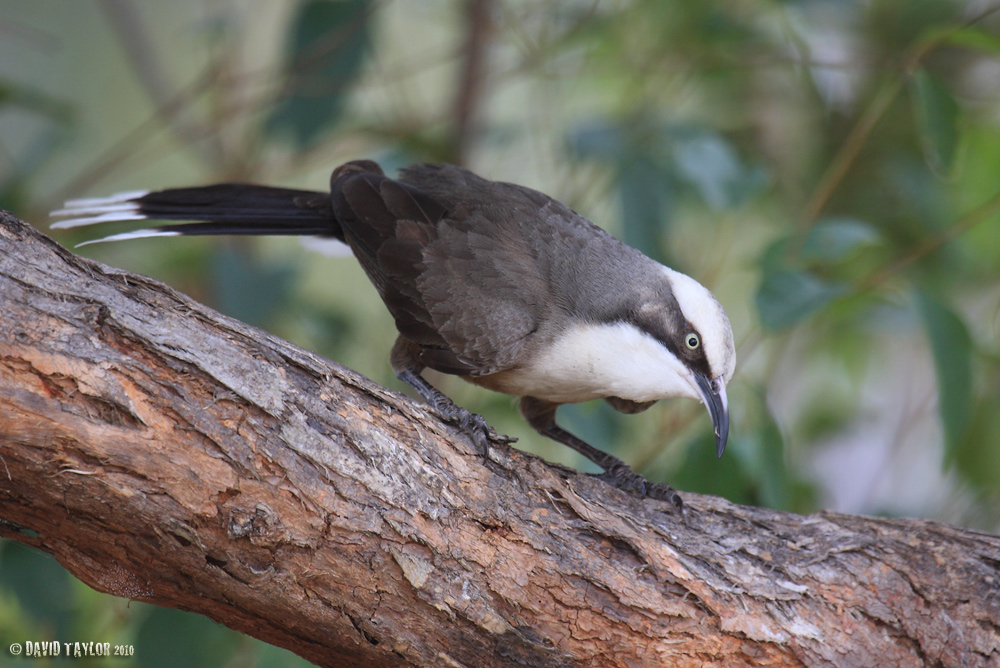
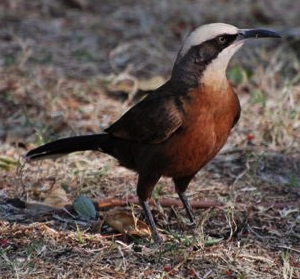
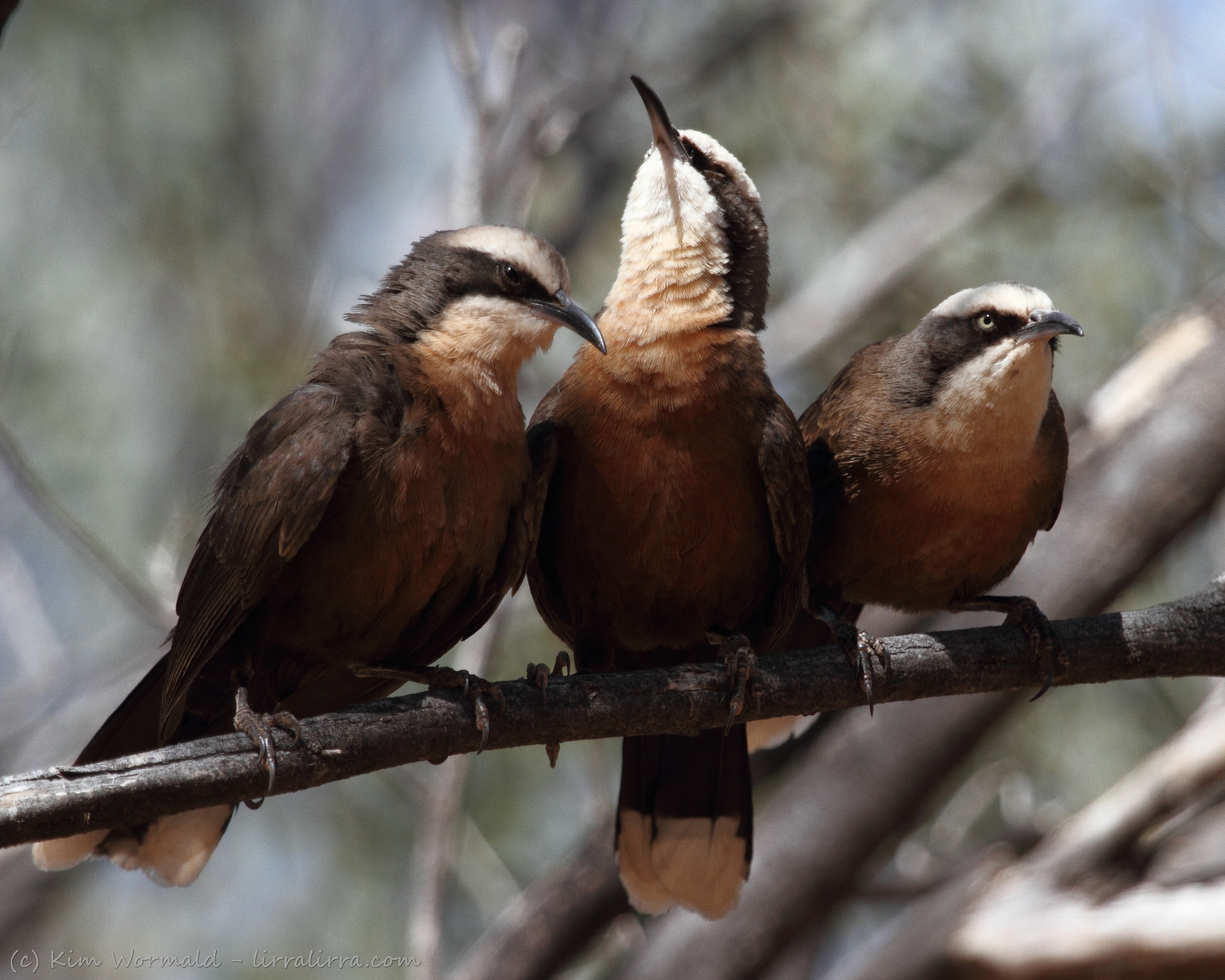
 Animalia Life
Animalia Life